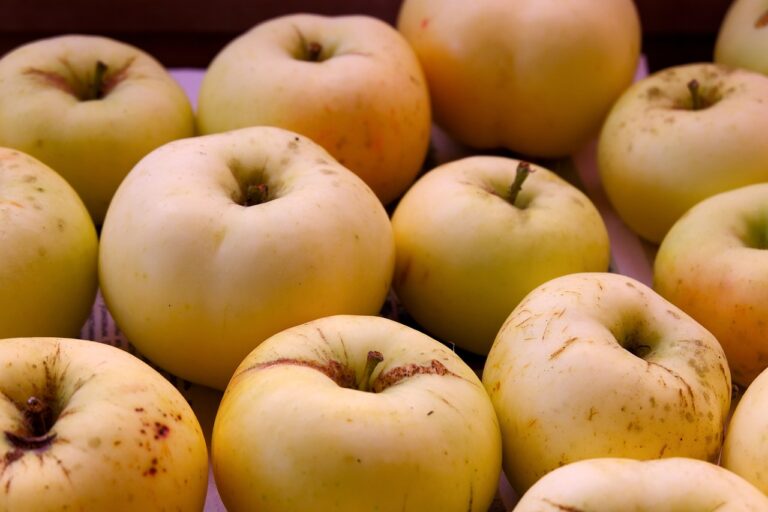“Unlock the Secret: 5 Lesser-Known Indian Spices That Transform Everyday Dishes”
"Unlock the Secret: 5 Lesser-Known Indian Spices That Transform Everyday Dishes"
Key Takeaways
- Structured headings with visual flow
- Strictly relevant to the selected category
- Inline images to boost engagement
Unlock the Secret: 5 Lesser-Known Indian Spices That Transform Everyday Dishes
Indian cuisine is renowned for its rich flavors, vibrant colors, and aromatic spices. While many are familiar with staples like turmeric and cumin, there exists a treasure trove of lesser-known spices that can elevate your everyday cooking to new heights. These spices, often overlooked, possess unique flavors and health benefits that can transform mundane dishes into culinary masterpieces. In this article, we will explore five of these intriguing spices, their uses in cooking, and the magic they can bring to your meals.
The Power of Spices in Indian Cooking
Spices are not merely flavor enhancers; they play a significant role in Indian cooking, imparting aroma, color, and depth to dishes. Each spice carries its own distinct profile, contributing to the overall taste and health benefits of the food. Understanding how to incorporate these spices can be the key to unlocking the full potential of your meals.
1. Kalonji (Nigella Seeds)
Kalonji, also known as nigella seeds, is a spice that often goes unnoticed in Indian kitchens. These small, black seeds have a slightly bitter, peppery flavor that can add depth to various dishes. Commonly used in tempering, kalonji pairs well with lentils, vegetables, and breads.
Health benefits of kalonji include:
- Rich in antioxidants
- May help reduce inflammation
- Supports digestive health
2. Amchur (Dried Mango Powder)
Amchur is made from dried green mangoes and is a popular souring agent in Indian cuisine. Its tangy flavor can enhance curries, chutneys, and even snacks. Amchur adds a unique zest and complexity to dishes, making it a fantastic alternative to vinegar or lemon juice.
Potential health benefits of amchur include:
- High in vitamin C
- May aid in digestion
- Helps in detoxification
3. Ajwain (Carom Seeds)
Ajwain, or carom seeds, possesses a flavor reminiscent of thyme with a hint of bitterness. It is often used in Indian breads, pickles, and savory snacks. The aromatic nature of ajwain can elevate the simplest of dishes, bringing a unique flavor profile.
Health benefits of ajwain include:
- May relieve digestive issues
- Has antibacterial properties
- May help in weight management
4. Methi (Fenugreek Seeds)
Methi, or fenugreek seeds, offer a slightly bitter yet sweet flavor. Often used in Indian curries and vegetable dishes, methi can also be used in pickling and bread-making. Its distinct taste can add a rich flavor to everyday meals.
Potential health benefits of methi include:
- May help lower blood sugar levels
- Rich in vitamins and minerals
- Can aid in lactation for nursing mothers
5. Hing (Asafoetida)
Hing, or asafoetida, is a pungent spice often used in Indian vegetarian cooking. A small pinch can enhance the flavor of dals and vegetable dishes. Despite its strong aroma, hing adds a unique umami flavor that can be quite addictive.
Health benefits of hing include:
- May relieve gas and bloating
- Has anti-inflammatory properties
- Can improve respiratory health
Key Takeaways
- Exploring lesser-known spices can elevate everyday dishes.
- Kalonji, amchur, ajwain, methi, and hing each offer unique flavors and health benefits.
- Incorporating these spices is a simple way to diversify your cooking.
FAQs
What is the best way to store spices?
Spices should be stored in a cool, dark place in airtight containers to maintain their freshness and potency. Avoid exposure to moisture and direct sunlight.
Can these spices be used in international cuisines?
Absolutely! While these spices are staples in Indian cooking, they can also complement various international dishes. Experimenting with them in fusion recipes can yield delicious results.
How can I incorporate these spices into my daily cooking?
Start by adding small amounts of these spices to your regular dishes. For example, sprinkle kalonji on bread before baking or add a pinch of hing to your lentil soup. Gradually increase the quantity as you discover your preferred flavors.
Are these spices readily available in local markets?
Most of these spices can be found in Indian grocery stores or online. They are often sold in whole or ground forms, giving you the flexibility to choose based on your cooking style.
Conclusion
Incorporating lesser-known spices into your cooking can unlock a world of flavors and health benefits, transforming your everyday meals into extraordinary experiences. By experimenting with kalonji, amchur, ajwain, methi, and hing, you can not only enhance the taste of your dishes but also enjoy their numerous health benefits.
Next Steps
Consider visiting your local spice store to explore these lesser-known spices. Try adding one new spice to your meals each week and observe how it transforms your favorite recipes. Happy cooking!






